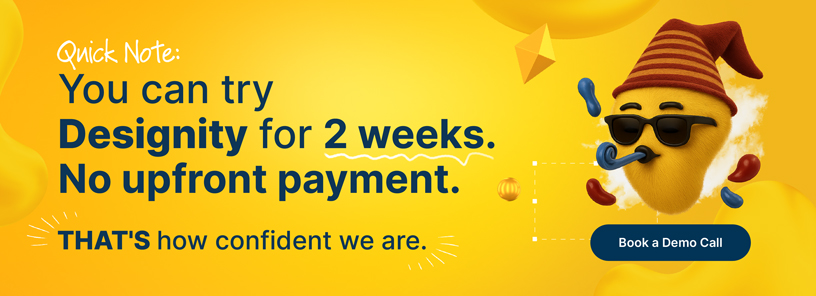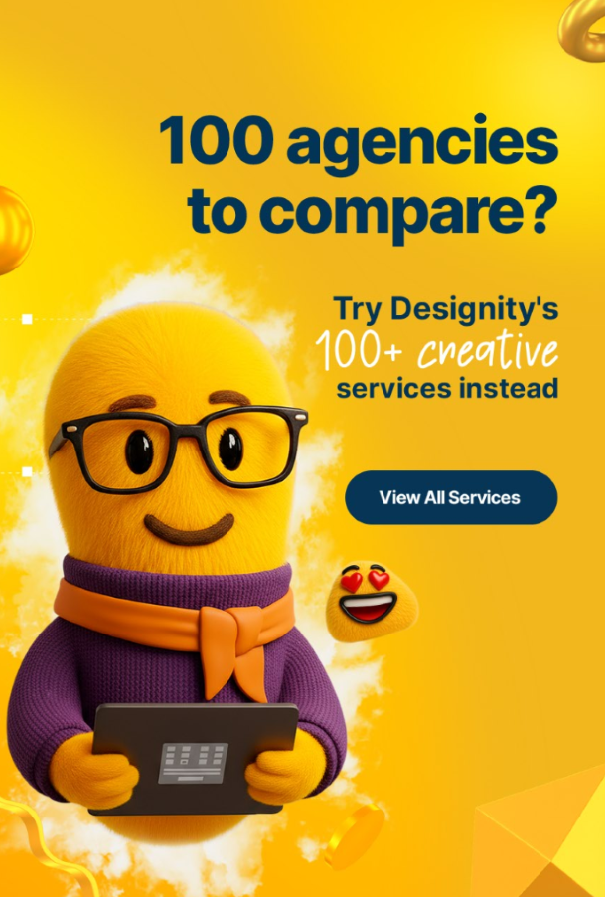Have you ever thought about the tone of your brand?
Do you know what that means?
Every brand has a specific voice and a unique style that is communicated in all of its written content. Think about your favorite brands. The motivational tone that defines Nike, the cheeky language that has made Wendy’s a social media sensation, and the luxurious sound of Tiffany’s.
All of their content isn’t written by the same person. In fact, they likely have a different copywriter for multiple bases. What is the key to their tonal success? They have a great content style guide. No matter how big or small your company is, you need one, too.
In this blog, we’re going to explore why brands of all sizes should utilize this often overlooked style guide and how you can make one for your brand.
What is a content style guide?
A content style guide acts as the verbal and written compass of your brand. It clearly defines tonal and grammatical expectations, separating them by track and ensuring that there is consistency across all channels.
This guide is typically found in the brand style guide, but we recommend making it a separate entity. No matter what size your company is, you’ll likely have different rules depending on the channel that is being defined.
Here is a sample content style guide table of contents:
About [BRAND]
Intro to voice and tone
Audience persona (break down of pain points should be included)
Tonal overview
Grammar and punctuation
SEO guide
Your favorite brands likely utilize them, and you should, too.
All about your audience

Perhaps the most important part of creating a content style guide (or any brand guide) is understanding your target audience and what they respond best to. This is the foundation of all good copywriting.
The best way to get to know your audience is by conducting thorough market research. Customer tastes continually evolve, and with those tastes what they respond best to will also change.
Your content style guide should reflect those changes by embracing who your audience is. For example, let’s say that you are a financial services company specifically catering to GenZ and younger millennials. Traditionally, the financial services industry has always been very sterile and classic regarding its language.
But, would this attract a younger audience?
Probably not. In this case, the consumer persona would point to a more casual tone, prioritizing conversational elements rather than appearing too formal, too classic, or too old.
<div class="c-blog_comp-cta cc-component-1"><div class="c-blog_comp-cta-left"><div class="c-blog_comp-cta-left-wrap"><img src="https://global-uploads.webflow.com/61cdf3c5e0b8155f19e0105b/6334d81a29c751ccd8c26638_brain-orchestra.png" loading="lazy" alt="" sizes="(max-width: 479px) 93vw, (max-width: 767px) 96vw, 363px" srcset="https://global-uploads.webflow.com/61cdf3c5e0b8155f19e0105b/6334d81a29c751ccd8c26638_brain-orchestra-p-500.png 500w, https://global-uploads.webflow.com/61cdf3c5e0b8155f19e0105b/6334d81a29c751ccd8c26638_brain-orchestra.png 500w" class="c-blog_comp-cta-left-img"></div></div><div class="c-blog_comp-cta-right"><div class="c-blog_comp-content"><div class="c-text-wrapper cc-mb-32"><div class="c-title-4 cc-bold">Ready to engage your audience on a whole new level?</div></div><div class="c-text-wrapper"><div class="c-text-2">Stay ahead of the latest design trends and stand out in your market, no matter how saturated it is.</div></div></div><div class="c-blog_comp-wrapper"><a href="/2022-life-changing-design-trends" class="c-button cc-primary cc-inverted w-button"><strong>Download Latest Design Trends</strong></a></div></div></div>
Identifying the right tone
Writing content isn’t a one-and-done affair. Injecting a strong brand tone into everything you write is the key to getting your audience to click on that call to action whether that’s in blog posts, ads, and virtually any piece of content.
Your tone and voice help differentiate your brand in a sea of competitors, can elevate your content marketing to new heights, and make your brand personality memorable.
A quick guide to tone
Formal and classic: If you read a healthcare report or a whitepaper, the tone is likely to appear more formal. This is best suited to a more mature audience or one that is made up of peers (healthcare company that sells to healthcare professionals).
A formal tone is also best utilized when writing material for potential investors or official documents like contracts.
The gathering was held in Connecticut, and the guests arrived at seven o’clock.
Neutral: A neutral tone is exactly what it sounds like. Neither too conversational nor formal.
Sally went to the party and had a good time.
Conversational and casual: Casual content addresses the reader directly and reads like the writer is speaking directly to the reader. This style works very well in B2C or for creative companies. Lately, more B2B companies, particularly in tech, are embracing a more casual tone of voice in their content.
I loved the party. You should go next time!
Pinpoint your channels.

If you wrote a list of all the places where your brand has a footprint, those are your content channels. Each of those places could easily be further broken down into more pockets, especially regarding your digital marketing efforts.
For example, not all social media channels are equal. TikTok has a much more personal tone than LinkedIn and Facebook. Each of those social media channels needs to be defined with tonal requirements and word counts, for example. What works best on one platform may not work well on another.
Blogs and ads are not going to utilize the same writing style. They serve different purposes but with the same intended result. The same thing could be said for your landing pages, print ads vs digital ads, and SEO strategies across all channels.
One thing that will remain the same no matter what channel is grammar and punctuation.
To use the oxford comma or not to use the oxford comma?
A content style guide = consistency across all channels
Your content style guide is a large part of your brand bible, and a huge part of it, too. No matter how many writers are on your team, get the consistency you need across all channels so that everyone who reads your blogs, ads, and social media posts knows right away that those words are uniquely your own.
Are you ready to create the perfect content style guide for your business? Contact us to start your two-week trial today!























